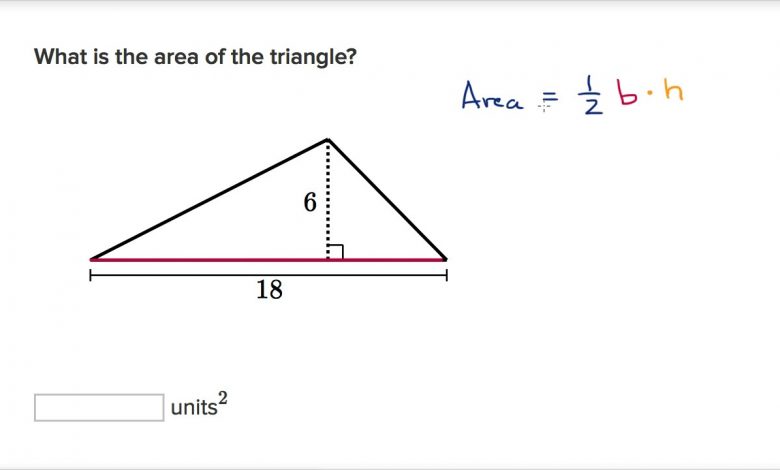What is a rational number?

In the field of mathematics, rational numbers are often being represented in p/q form where q will not be not equal to zero. It is also said to be a type of real number. So we can say that any fraction with non-zero denominators is called a rational number. Hence, we can say that ‘0’ is also a rational number, as we will be able to represent them in a format such as 0/1, 0/2, 0/3, etc. but along with the rational numbers there is the concept of irrational numbers as that that will help us understand the representations as well
The rational numbers are said to be the true representations as this will help us understand as how the different numbers will perform and what all the ways that we will be able to calculate the pattern of representations as well. We will try and learn the characteristics and applications of the rational numbers.
A rational number, in terms of Mathematics, can be defined as any number which can be represented in the form of p/q where we have the value of q ≠ 0. Also, here we can say that it is anyfraction that fits under the category of rational numbers, where when we calculate the denominator and numerator are integers and the denominator is not equal to zero. When the rational number (i.e., fraction) is divided, the result that we will get will be in decimal form, which may be either terminating decimal or the repeating decimal.
How to identify rational numbers?
This is so very important that we should know the how we will be able to identify the rational numbers. There are few very basicsteps that we are able to identify the numbers
- All rational numbers will be represented in the form of p/q, where q≠0.
- The ratio p/q can be further simplified and can be written in the decimal form as well for better understanding.
The set of rational numerals:
- Will always include positive, negative numbers, and zero
- These numbers can also be expressed as a fraction
Examples of Rational Numbers:
| p | Q | p/q | Rational |
| 10 | 2 | 10/2 =5 | Rational |
| 1 | 1000 | 1/1000 = 0.001 | Rational |
| 50 | 10 | 50/10 = 5 | Rational |
Types of Rational Numbers
There are different ways that we will be able to represent the rational number and so accordingly we will have different types of this rational number. We have elaborated that below:
- Real numbers (R) that will include all the rational numbers (Q).
- Real numbers includeall the integers (Z).
- Integers involve the naturalnumbers (N).
- Every whole number is a said to be a rational number because every whole number can be expressed as a fraction.
Standard Form of Rational Numbers
If we are to define the standard form of a rational number that we can say thatis it’s no common factors aside from one between the dividend and divisor and we will have the value of divisor to be positive.
For example, 12/36 is a rational number. But it can be simplified as 1/3; so here we will be able to calculate the divisor and the dividend so that it can be expressed as a fraction.
Positive and Negative Rational Numbers
We allknow that the rational number is in the form of p/q, where p and q are integers. Also one of the conditions is that, q should be a non-zero integer. We should note here that rational number can be either positive or negative. If the rational number is positive, then in that case both p and q are positive integers. But if the rational number takes the negative form of – (p/q), then either p or q takes the negative value. This will also mean that
– (p/q) = (-p)/q = p/ (-q).
Here are few of the examples of positive and negative rational numbers.
| Positive Rational Numbers | Negative Rational Numbers |
| If we have the value of both the numerator and denominator are of the same signs. | We call them negative if the numerator and denominator are of opposite signs. |
| All the values are greater than 0 | Allvales are less than 0 |
| Example: 11/17, 9/12 and 2/5 these are all known as the positive integers | Example: -2/16, 9/-13 and -1/4 are all known as the negative rational numbers |
For more questions and answers on rational numbers try to study online.

